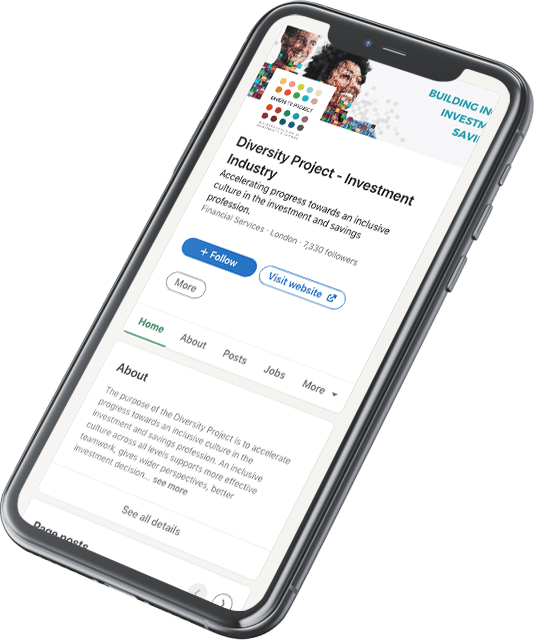Jenni says, “At first, I seemed like an ordinary baby with no issues and then as I became a toddler my Nana noticed that I was waddling differently.”
Jenni was referred to the hospital for a check. Surgeons can manipulate the bones to do an operation before the age of 2 as bones are still soft. Unfortunately for Jenni she was beyond that age and her bones had hardened and it was too late.
Each person with this condition is different. It is a condition where the hips are in a different location, ‘a condition where the “ball and socket” joint of the hip does not properly form in babies and young children. The hip joint attaches the thigh bone (femur) to the pelvis.’
Both of Jenni’s hips were confirmed with congenital hip dysplasia and at the time a reduction operation was carried out, but it failed. She was left with substantial scars on her hips and legs and, at the time, her parents were told that she would never walk, run, skip and hop. It was devastating for the family.
Jenni’s mum is a very strong and determined person and insisted that she should be no different to everyone else whilst growing up and pushed her to join in with everything. Ultimately, this paid off as she carried on to walk, run (albeit slower and with a limp). She couldn’t hop and struggled with learning to ride a bike but got there in the end. She even went on to attend karate lessons and won a shield whilst achieving a blue belt.
She was told that by the age of 30 she would be in a wheelchair and as her hips would eventually lock. There was no treatment available to her apart from painkillers.
Jenni says, “It is an extremely painful condition. Every moment of every day, every move I make, even when lying on the sofa. The consultants told me that no matter what technology, what the future holds for medicine there would never be anything they could ever do to help me.”
Currently Jenni is 45 and she has scoliosis of the lower back, arthritis, sciatica, and no hip sockets (they’ve closed up) so the bones are supported mostly by muscle. She uses a wheelchair for long distances and difficult times.
She struggles with crowds as she is vulnerable to knocks and bumps and most people don’t recognise her vulnerability.
She feels that it can be an invisible condition and experiences people who don’t understand. She cannot stand for long periods of time, walk small distances, struggles with going up steps or gradients.
“to an everyday person I probably look like there’s nothing wrong with me. I do have a limp, but I wouldn’t say it is very noticeable. I use a walking stick most times. Other people seem to need a visual clue”
Jenni feels that there can be a lot of judgement when you’re not in a wheelchair “people don’t give up seats when asked thinking that I’m being lazy or entitled and seem confused when I’m using disabled facilities when they think I am not eligible etc.”
I have good days and bad days and sometimes I feel like there really isn’t much wrong and others when I can’t get up at all. I feel stiff, particularly in the morning, and I wish that some WD40 could do the trick.
It also gives rise to emotional issues with anxiety and depression. “I can suffer with anxiety when going out as I worry that I won’t make the distance, I get lost and can’t walk to check which way to go, I can’t stand for more than 5 minutes and worry I will be stuck at a bus stop or where there are no seats.
Have you ever tried to carry a bag or case, use a walking stick and hold a bus card or a drink of coffee or an umbrella, or open a door? Its near impossible.”
For more information on congenital hip dysplasia please visit www.hipdysplasia.org.





